
Did you know that the average person spends over 7 hours a day looking at screens? With that much screen time, why not make some of it productive by using learning apps that can transform your smartphone into a powerful educational tool! I’ve been exploring different learning apps for the past three years, and honestly, the variety available today is mind-blowing.
The beauty of modern learning apps lies in their ability to adapt to different learning styles – whether you’re a visual learner who needs colorful diagrams, an auditory learner who prefers podcasts, or a kinesthetic learner who learns by doing. After trying dozens of educational platforms and making plenty of mistakes along the way (like spending weeks on apps that didn’t match my learning style), I’ve learned that finding the right learning apps can make the difference between giving up after a week and actually achieving your educational goals.
In this comprehensive guide, I’ll share my hands-on experience with the most popular learning apps available today, helping you discover which platforms align with your unique learning preferences and lifestyle.
Different Learning Styles and App Categories
Before diving into specific learning apps, it’s crucial to understand that not all educational platforms are created equal. Through my journey of testing various learning apps, I’ve discovered that they generally fall into several distinct categories, each designed to serve different learning preferences and educational goals.
Visual learners typically thrive with learning apps that incorporate infographics, mind maps, colorful interfaces, and video content. These learners process information best when they can see concepts presented in charts, diagrams, and visual formats. I remember struggling with language learning until I found learning apps that used image associations and visual memory techniques – suddenly, vocabulary retention became so much easier!
Auditory learners, on the other hand, benefit most from these apps that feature podcasts, audio lessons, music integration, and speech-to-text functionality. These learners absorb information through listening and speaking, making apps with strong audio components essential for their success. When I was helping my sister find suitable learning apps for her medical studies, we discovered that she retained information much better through audio lectures than traditional text-based materials.
Kinesthetic learners need learning apps with interactive elements, hands-on activities, gamification features, and practical exercises. These learners prefer to engage with content through movement, touch, and active participation. The most effective learning apps for kinesthetic learners often include drag-and-drop exercises, virtual labs, and simulation-based learning experiences.
Reading and writing learners excel with learning apps that emphasize text-based content, note-taking features, written exercises, and traditional study methods. These learners prefer to process information through reading comprehensive materials and expressing their understanding through writing.
Language Learning Apps: Mastering New Languages
When it comes to language learning, the market is flooded with learning apps, but after extensive testing, several platforms stand out for their effectiveness and user engagement. Duolingo remains one of the most popular learning apps globally, and for good reason – its gamified approach makes language learning feel like playing a mobile game rather than studying.
Duolingo
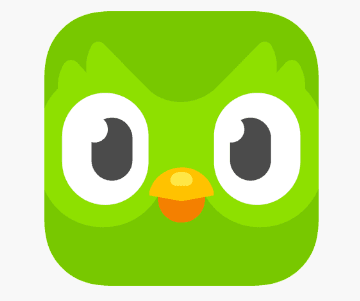
I’ve been using Duolingo consistently for over two years to learn Spanish, and the app’s strength lies in its bite-sized lessons that take just 5-15 minutes to complete. The app uses a combination of visual cues, audio pronunciation, and written exercises to reinforce learning. However, I noticed that while Duolingo excels at vocabulary building and basic grammar, it sometimes falls short on conversational skills and cultural context.
Babbel
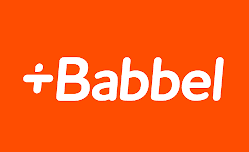
Babbel takes a more structured approach compared to other learning apps in the language category. During my six-month trial with Babbel for German learning, I appreciated how the app focuses on practical, real-world conversations from the very beginning. The lessons are designed by linguists and follow a clear curriculum path, making it feel more like a traditional classroom experience adapted for mobile devices. Babbel’s learning apps approach works particularly well for learners who prefer systematic progression and don’t mind paying for premium content.
HelloTalk

HelloTalk is for those seeking more interactive learning apps, it offers a unique approach by connecting you with native speakers worldwide. This app transforms language learning into social networking, allowing you to practice with real people rather than just completing exercises. I’ve made several friends through HelloTalk while practicing my Italian, and the authentic conversations helped me understand colloquialisms and cultural nuances that traditional learning apps often miss.
Memrise
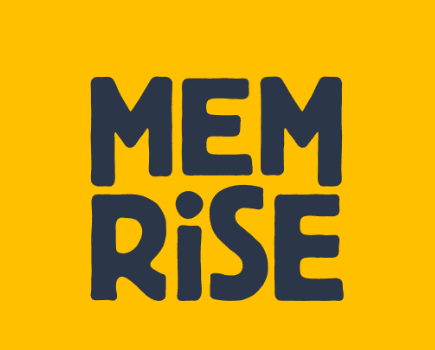
Memrise stands out among learning apps for its use of spaced repetition and memory techniques. The app incorporates user-generated content and mnemonic devices to help learners remember vocabulary more effectively. During my Japanese learning journey, Memrise’s visual associations and memory games proved invaluable for mastering complex characters and pronunciation patterns.
Academic and Skill-Based Learning Platforms
Beyond language learning, numerous learning apps cater to academic subjects and professional skill development. Khan Academy deserves recognition as one of the most comprehensive free learning apps available, covering everything from elementary math to advanced physics and computer programming.
Khan Academy
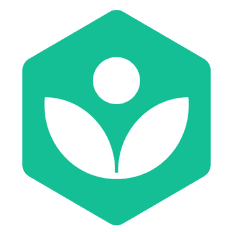
The app’s strength lies in its detailed video explanations, practice exercises, and personalized learning dashboard that tracks your progress across different topics. What impressed me most about Khan Academy compared to other learning apps is how it breaks down complex concepts into digestible segments, making advanced topics accessible to learners at any level.
Coursera

Coursera represents the premium tier of learning apps for higher education and professional development. The platform partners with top universities and companies to offer courses, specializations, and even full degree programs. I completed a digital marketing specialization through Coursera, and the experience felt remarkably similar to taking actual university courses. The app provides video lectures, peer-reviewed assignments, and certificates upon completion, making it ideal for career advancement.
edX
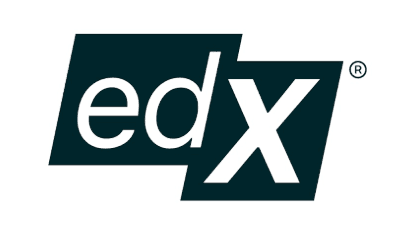
edX follows a similar model to Coursera but with a stronger focus on academic rigor and university partnerships. During my exploration of various learning apps for data science, I found edX courses to be more challenging and comprehensive than many alternatives. The platform offers both free audit options and paid verified certificates, making quality education accessible to learners with different budget constraints.
Udemy
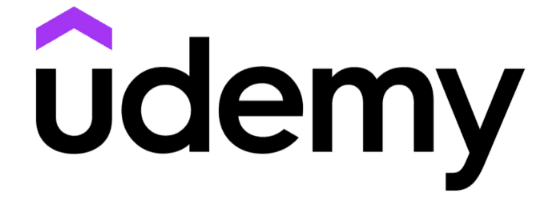
Udemy takes a different approach among learning apps by functioning as a marketplace where individual instructors sell their courses. This model results in incredible variety but inconsistent quality. I’ve taken both excellent and disappointing courses on Udemy, so reading reviews and checking instructor credentials becomes crucial. The app excels in practical, skill-based learning like web development, photography, and business skills.
STEM-Focused Learning Applications
Science, technology, engineering, and mathematics subjects require specialized learning apps that can handle complex equations, interactive simulations, and visual representations of abstract concepts. Photomath revolutionized mathematics learning by allowing students to photograph math problems and receive step-by-step solutions.

During my tutoring experience with high school students, I observed how Photomath and similar learning apps can be both beneficial and potentially harmful. When used correctly, the app helps students understand problem-solving processes and identify where they make mistakes. However, some students become overly dependent on such learning apps without developing fundamental problem-solving skills.
Wolfram Alpha

Wolfram Alpha represents the more advanced tier of STEM-focused learning apps. This computational engine can solve complex equations, generate graphs, and provide detailed explanations across various mathematical and scientific domains. I regularly use Wolfram Alpha for statistical analysis and advanced calculus problems, finding it invaluable for checking my work and exploring alternative solution methods.
GeoGebra
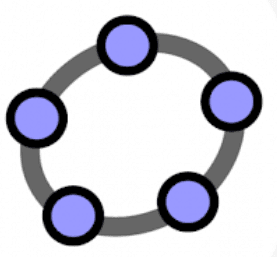
GeoGebra specializes in mathematics and science visualization, offering tools for graphing, geometry, algebra, and statistics. As someone who struggled with spatial reasoning in geometry, I found GeoGebra’s interactive visualizations incredibly helpful for understanding complex mathematical relationships. The app serves both as a learning tool and a practical calculator for various mathematical applications.
Creative and Artistic Learning Platforms
Creative skills require learning apps that can provide visual demonstrations, step-by-step tutorials, and opportunities for practice and feedback. Procreate, while primarily a digital art creation tool, includes extensive learning resources and tutorials that make it an excellent educational platform for digital artists.
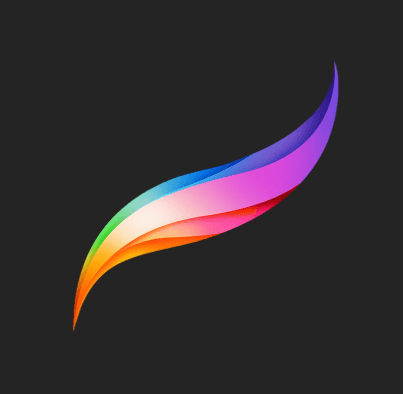
I started my digital art journey knowing absolutely nothing about drawing or design principles. Procreate’s built-in tutorials and the vast community of artists sharing techniques on platforms like YouTube transformed my understanding of digital creation. The app’s intuitive interface and powerful tools make it accessible to beginners while offering advanced features for professional artists.
Yousician

Yousician gamifies music learning in a way that makes it feel more like entertainment than education. The app covers multiple instruments including guitar, piano, ukulele, and vocals, using interactive lessons and real-time feedback to guide learners through skill development. During my attempt to learn guitar, Yousician’s immediate feedback on timing and pitch accuracy helped me develop proper technique more quickly than traditional methods.
Professional Development and Business Learning
The professional development category of learning apps has exploded in recent years, reflecting the growing need for continuous skill development in rapidly changing job markets. LinkedIn Learning leverages the professional networking platform’s infrastructure to offer courses specifically designed for career advancement.
I’ve completed multiple courses on LinkedIn Learning, from project management to advanced Excel techniques, and consistently found the content to be practical and immediately applicable to work situations. The platform’s integration with LinkedIn profiles allows you to display completed courses as professional credentials, adding tangible value to your career development efforts.
MasterClass takes a celebrity-instructor approach to learning apps, featuring courses taught by industry leaders and famous personalities. While the production quality is exceptional and the content inspiring, I found MasterClass more valuable for motivation and high-level insights rather than practical skill development. The app works best as a supplement to other learning apps rather than a primary learning tool.
Udacity focuses specifically on technology and data science skills, offering “Nanodegree” programs designed in partnership with major tech companies. The platform’s learning apps approach emphasizes project-based learning and real-world applications. I completed a data analyst nanodegree through Udacity, appreciating how the curriculum included portfolio projects that I could showcase to potential employers.
Choosing the Right Learning Apps for Your Specific Needs
After years of experimenting with different learning apps, I’ve developed a systematic approach for evaluating and selecting educational platforms that align with specific learning goals and preferences. The key lies in understanding not just what you want to learn, but how you learn best and what constraints you’re working within.
First, consider your learning style and preferences. Visual learners should prioritize learning apps with rich graphics, videos, and interactive visualizations. I learned this lesson the hard way when I initially chose text-heavy programming courses that left me confused and frustrated. Once I switched to learning apps with visual coding exercises and video demonstrations, my comprehension improved dramatically.
Auditory learners benefit most from learning apps that offer podcasts, audio lessons, and speech-based interactions. One of my colleagues struggled with traditional language learning apps until she discovered platforms that emphasized listening comprehension and speaking practice. The difference in her progress was remarkable once she found apps aligned with her auditory learning preference.
Time availability plays a crucial role in selecting appropriate learning apps. Micro-learning platforms like Duolingo work excellently for busy schedules, offering meaningful progress in just 10-15 minutes daily. However, complex subjects often require learning apps that support longer study sessions and deeper engagement. I made the mistake of trying to learn advanced statistics through bite-sized lessons, only to realize that some topics require sustained focus and comprehensive coverage.
Budget considerations significantly impact your choice of learning apps. Many excellent free options exist, particularly Khan Academy for academic subjects and Duolingo for language learning. However, premium learning apps often provide superior content quality, personalized feedback, and advanced features that justify their cost. I typically recommend starting with free versions to assess compatibility before investing in paid subscriptions.
Your existing knowledge level should influence which learning apps you choose. Beginner-friendly platforms like Codecademy excel at introducing programming concepts, while advanced learners might prefer learning apps like Pluralsight that dive deeper into specialized topics. I once wasted months on an introductory course when I needed intermediate-level content, highlighting the importance of honest self-assessment.
Maximizing Learning App Effectiveness: Tips and Strategies
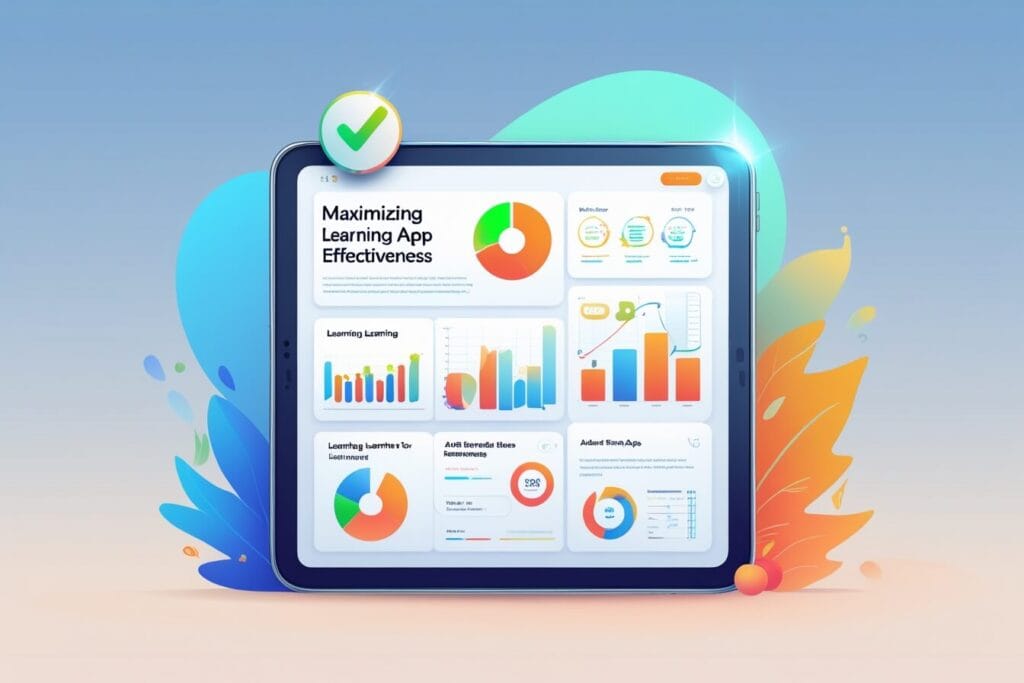
Success with learning apps requires more than just downloading and occasionally opening them. Through trial and error, I’ve discovered several strategies that dramatically improve learning outcomes and retention rates across different types of educational platforms.
Consistency trumps intensity when using learning apps. I learned this principle while attempting to master Spanish through Duolingo. Initially, I would study for hours on weekends but skip weekdays entirely. My progress was minimal and frustrating. Once I committed to just 15 minutes daily, my retention improved significantly, and the learning became much more enjoyable. Most effective learning apps are designed around this principle of regular, short sessions rather than cramming.
Active engagement with content yields better results than passive consumption. Simply watching videos or listening to audio lessons without taking notes or practicing exercises limits the effectiveness of even the best learning apps. I now keep a physical notebook alongside my digital learning, writing down key concepts, questions, and personal insights. This hybrid approach leverages the convenience of learning apps while incorporating proven retention techniques.
Setting specific, measurable goals transforms random exploration into purposeful learning. Instead of vaguely wanting to “learn programming,” I now set objectives like “complete three JavaScript projects this month using Codecademy.” This approach helps me choose appropriate learning apps and track meaningful progress rather than just accumulated screen time.
Combining multiple learning apps often proves more effective than relying on a single platform. For language learning, I use Duolingo for daily vocabulary practice, HelloTalk for conversation practice, and YouTube for cultural immersion. Each app serves a specific purpose in my overall learning strategy, creating a more comprehensive educational experience than any single platform could provide.
Regular review and spaced repetition significantly improve long-term retention. Many apps include built-in review systems, but I supplement these with personal review schedules. I use apps like Anki for creating custom flashcards based on content from other learning apps, ensuring that important concepts receive adequate reinforcement over time.
Common Pitfalls and How to Avoid Them
Despite their convenience and effectiveness, learning apps can create certain challenges that hinder rather than help learning progress. Recognizing and avoiding these pitfalls can mean the difference between achieving your educational goals and abandoning them in frustration.
App addiction without learning progress represents one of the most insidious problems with gamified learning apps. I fell into this trap with several platforms, becoming focused on maintaining streaks and earning badges rather than actually mastering the subject matter. The dopamine hits from completing lessons felt rewarding, but I realized I wasn’t retaining information or developing practical skills. Now I regularly assess whether my time spent on learning apps translates into real-world capability improvements.
Over-reliance on single platforms limits learning depth and breadth. While learning apps offer convenience and structure, they sometimes oversimplify complex topics or present information from limited perspectives. I learned this lesson while studying digital marketing exclusively through one app, only to discover significant gaps in my knowledge when applying concepts in real projects. Diversifying learning sources and supplementing learning apps with books, articles, and hands-on practice creates more robust understanding.
Passive consumption masquerading as active learning wastes time and creates false confidence. Many learning apps make it easy to complete lessons without truly engaging with the material. I caught myself rushing through courses just to finish them, focusing more on completion percentages than actual comprehension. Now I deliberately slow down, take notes, and test my understanding through practical applications before moving to new topics.
Ignoring the importance of practical application limits the transfer of knowledge from learning apps to real-world situations. Academic knowledge without practical experience often proves insufficient when facing actual challenges. I always try to find ways to apply concepts learned through learning apps in personal projects, work situations, or teaching others. This application-focused approach transforms theoretical knowledge into practical skills.
The Future of Mobile Learning and Emerging Trends
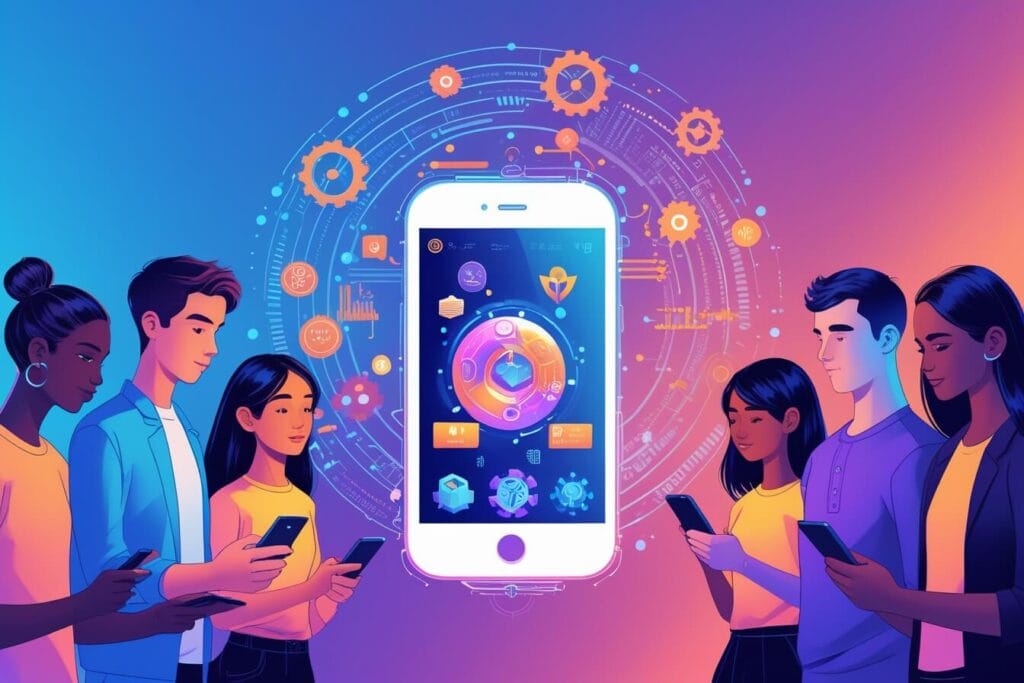
The landscape of learning apps continues evolving rapidly, with emerging technologies and pedagogical approaches reshaping how we think about mobile education. Artificial intelligence integration is becoming increasingly sophisticated in learning apps, offering personalized learning paths that adapt to individual progress, learning style, and even emotional state during study sessions.
I’ve noticed that newer learning apps are incorporating AI tutors and chatbots that can answer questions, provide explanations, and offer encouragement in real-time. These features create more interactive and responsive learning experiences compared to traditional static content delivery. Apps like Socratic by Google demonstrate how AI can help students by providing step-by-step explanations for complex problems across multiple subjects.
Virtual and augmented reality technologies are beginning to appear in learning apps, particularly for subjects that benefit from immersive experiences. I recently tried a VR language learning app that simulated conversations in realistic environments, and the experience felt remarkably more engaging than traditional screen-based interactions. While still in early stages, these technologies promise to make learning apps more immersive and effective for kinesthetic and visual learners.
Microlearning and just-in-time learning are becoming dominant trends in learning apps design. These approaches recognize that modern learners often need specific information quickly rather than comprehensive courses. Apps are increasingly offering bite-sized lessons, quick reference materials, and contextual learning that fits into busy schedules and addresses immediate needs.
Social learning features are expanding beyond simple discussion forums to include peer tutoring, study groups, and collaborative projects within learning apps. I’ve participated in several online study groups formed through educational platforms, and the peer interaction significantly enhanced my motivation and understanding. These social elements help combat the isolation that can occur with individual mobile learning.
Measuring Success and Tracking Progress

Effective use of learning apps requires systematic approaches to measuring progress and evaluating learning outcomes. Many learners make the mistake of equating time spent or lessons completed with actual skill development, leading to inflated confidence and inadequate preparation for real-world applications.
I’ve developed several methods for tracking meaningful progress across different learning apps. For skill-based learning, I create practical projects that test my abilities without relying on app-specific exercises. When learning web development through various learning apps, I regularly built personal websites from scratch to assess whether I could apply concepts independently.
Regular self-assessment through external resources helps validate learning from learning apps. I take practice tests, complete challenges on different platforms, or explain concepts to others to gauge my actual understanding. This approach reveals gaps that might not be apparent when staying within a single app’s ecosystem.
Setting milestone goals and celebrating achievements maintains motivation throughout extended learning journeys. Rather than focusing solely on daily streaks or completion percentages within learning apps, I establish external benchmarks like completing personal projects, earning industry certifications, or teaching concepts to others. These milestones provide more meaningful measures of progress and help maintain long-term motivation.
Conclusion
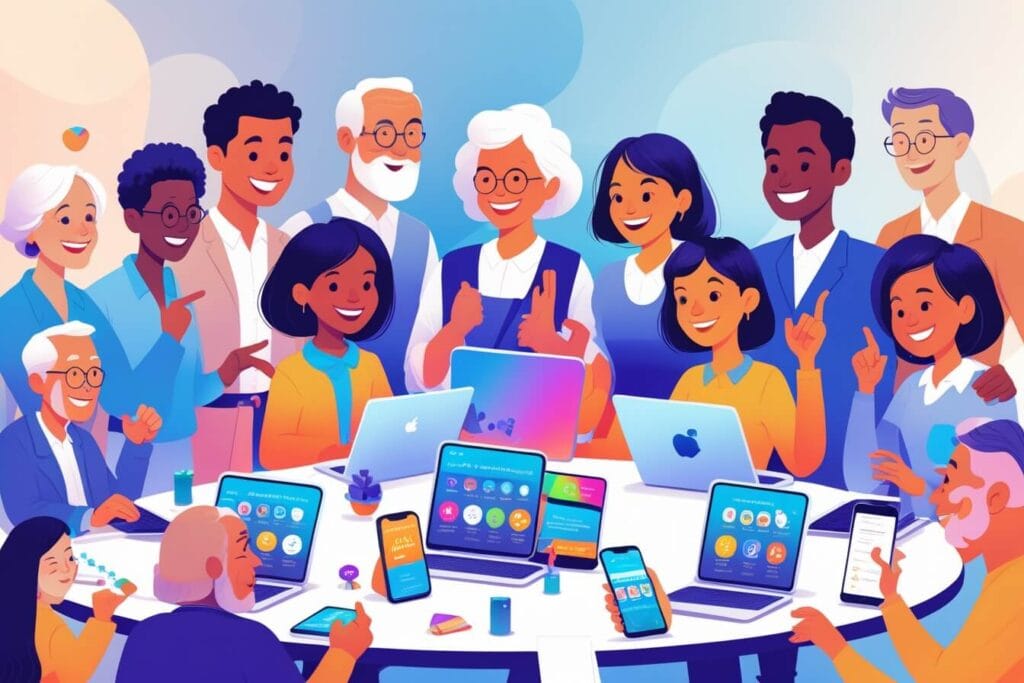
Finding the right learning apps for your unique learning style and goals can transform your educational journey from frustrating struggle to enjoyable exploration. Through my extensive experience with dozens of educational platforms, I’ve learned that success depends not just on choosing quality learning apps, but on understanding your learning preferences, setting clear goals, and maintaining consistent practice habits.
The variety of learning apps available today means that virtually every learning style and subject interest can find suitable digital support. Whether you’re a visual learner exploring creative skills through apps like Procreate, an auditory learner mastering languages with platforms like Babbel, or a kinesthetic learner developing technical skills through interactive learning apps like Brilliant, the key lies in experimenting with different platforms to discover what resonates with your learning style.
Remember that learning apps are tools, not magic solutions. They work best when combined with clear goals, consistent practice, and real-world application of learned concepts. Don’t be afraid to try multiple platforms, abandon apps that don’t work for you, and continuously adjust your approach based on what you discover about your learning preferences.
The investment in finding and effectively using the right learning apps pays dividends throughout your personal and professional life. In our rapidly changing world, the ability to continuously learn and adapt new skills becomes increasingly valuable, and learning apps provide accessible, affordable pathways to lifelong learning and growth.
Start by identifying one specific skill or subject you want to develop, choose one or two learning apps that align with your learning style, and commit to consistent daily practice. Track your progress through practical applications rather than just app metrics, and don’t hesitate to adjust your approach as you learn more about what works best for you. The journey of discovering effective learning apps for your unique needs is itself a valuable learning experience that will serve you well in all future educational endeavors.


